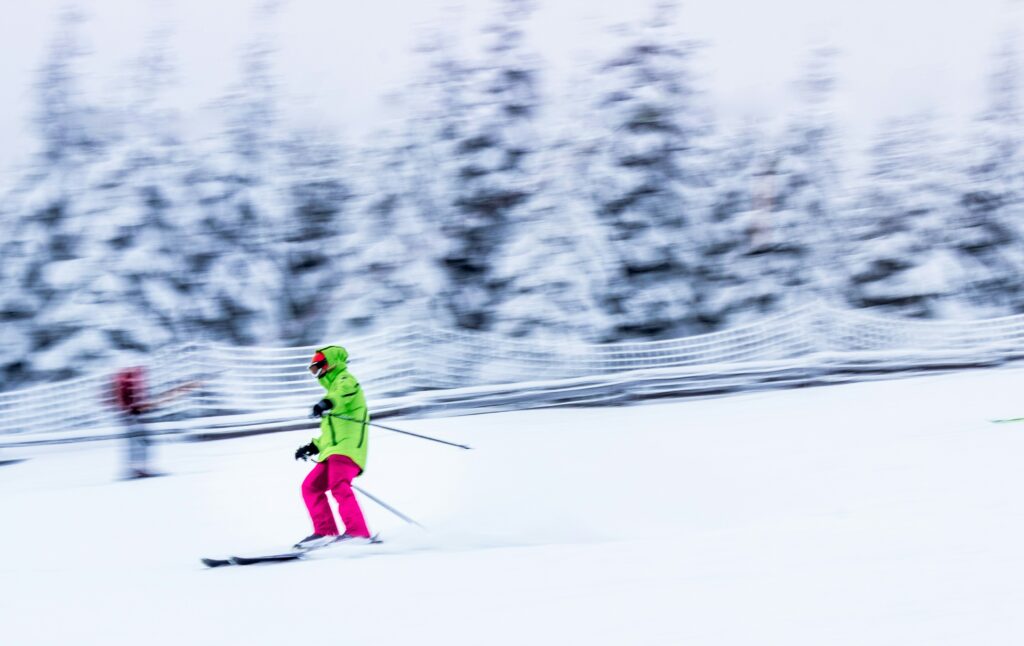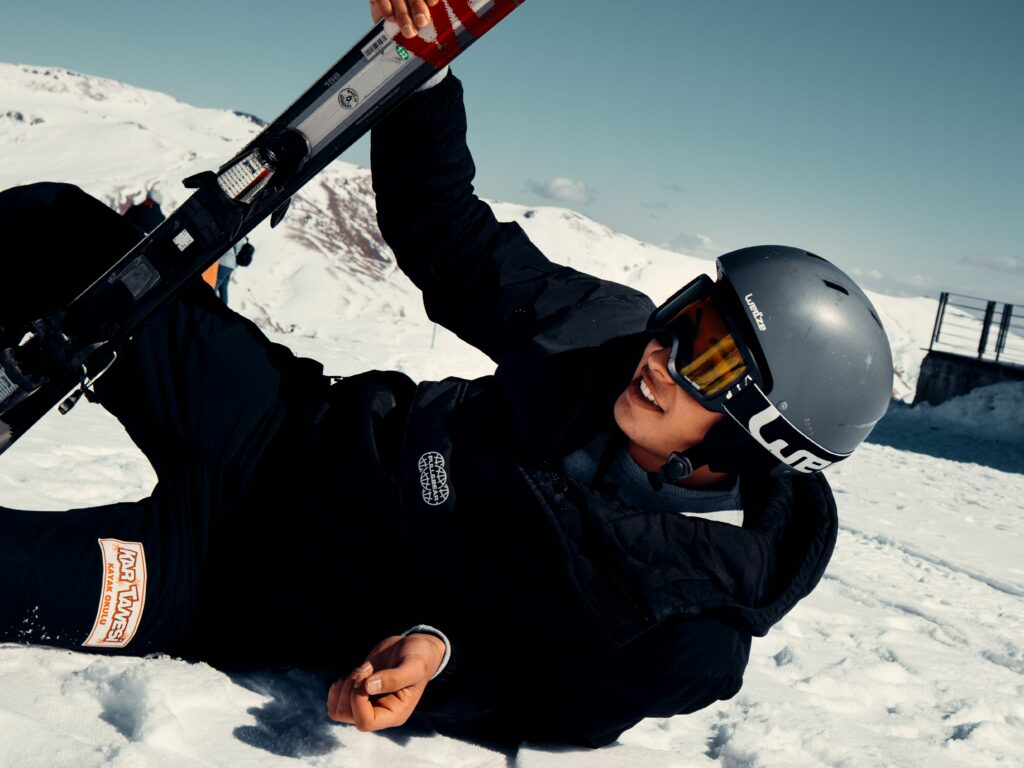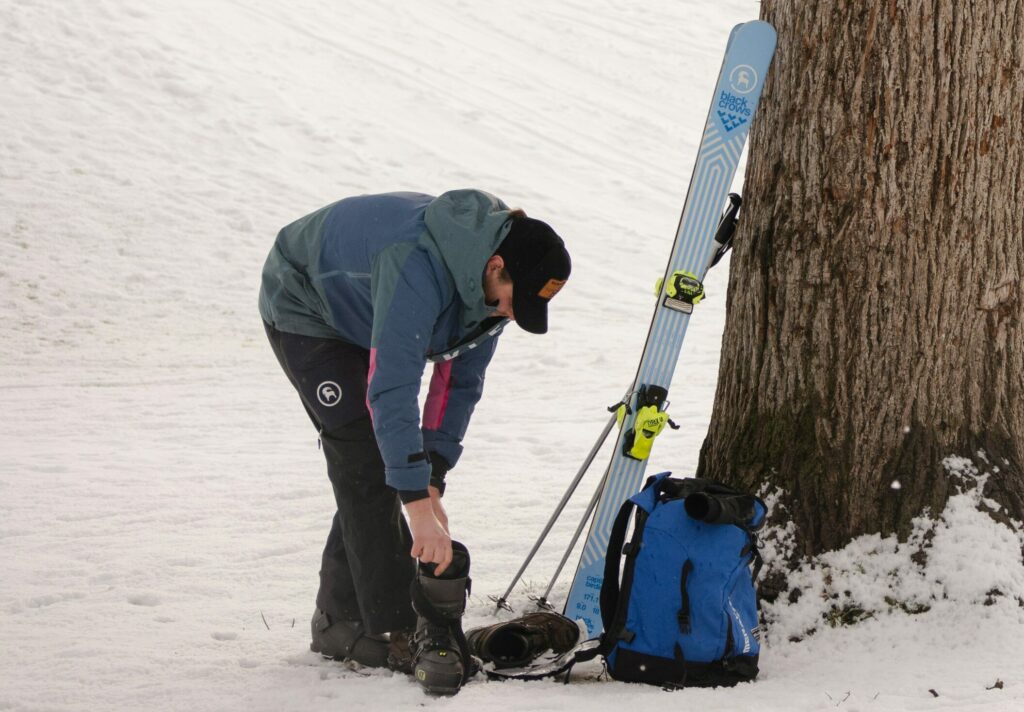- About
- Services
- Private Ski Lessons for Adults and Youth – Online Booking
- Private Ski Lessons For Kids – Online Booking
- Private Snowboard Lessons
- Group Ski Lessons For Adults And Youth – Book Online
- Group Ski Lessons For Kids – Book Online
- Family Skiing – Ski Lessons for Families – Online Booking
- Freestyle Private Ski Lessons
- Freestyle Private Snowboard Lessons – Flumserberg
- Team
- Gallery
- Contact Us
- Weather
- Online Booking
- My Account
 043 541 35 70
043 541 35 70
Choosing the Right Equipment: A Guide for Skiing Beginners
As a skiing beginner, navigating the array of equipment options can feel overwhelming. From skis and boots to bindings and poles, understanding the nuances of each piece of gear is essential for an enjoyable and safe skiing experience. In this guide, we’ll provide valuable insights to help beginners choose the right equipment and set themselves up for success on the slopes.
Understanding the Basics
Before delving into specific equipment choices, it’s crucial to understand the basic components of ski gear:
1. **Skis**: Skis come in various shapes, sizes, and designs tailored to different skiing styles and abilities. Beginners typically benefit from shorter, narrower skis with a more forgiving flex, as they offer easier maneuverability and control.
2. **Boots**: Ski boots are your primary connection to the skis, providing support, stability, and control. Look for boots that fit snugly yet comfortably, with sufficient ankle and heel support to minimize foot movement inside the boot.
3. **Bindings**: Bindings secure your boots to the skis and release in the event of a fall to prevent injury. It’s crucial to ensure that bindings are properly adjusted based on your height, weight, skiing ability, and boot size to reduce the risk of injury.
4. **Poles**: Ski poles aid in balance, rhythm, and propulsion while skiing. Choose poles of the appropriate length that allow for comfortable arm positioning and facilitate proper technique.
Tips for Choosing Equipment
1. **Rent vs. Buy**: For beginners, renting ski equipment is often the most practical and cost-effective option. Rental shops offer a variety of equipment suited to different skill levels, allowing you to experiment with different gear until you find what works best for you. As you progress and gain more experience, you can consider investing in your own equipment.
2. **Get Fitted Properly**: Proper fit is paramount when it comes to ski equipment. Visit a reputable ski shop where knowledgeable staff can assist you in selecting gear that matches your skill level, body type, and skiing goals. Ensure that boots are professionally fitted to your feet, as ill-fitting boots can lead to discomfort and hinder performance.
3. **Consider Beginner-Friendly Designs**: Look for equipment specifically designed for beginners, such as skis with enhanced stability and forgiveness or boots with adjustable features to accommodate varying skill levels. These beginner-friendly designs can ease the learning curve and boost confidence on the slopes.
4. **Seek Expert Advice**: Don’t hesitate to seek guidance from experienced skiers, instructors, or equipment specialists when selecting gear. They can offer valuable insights, recommend suitable equipment based on your needs, and address any concerns or questions you may have.
5. **Test Before Committing**: If possible, test different skis, boots, and bindings before making a purchase or rental commitment. Many ski resorts and shops offer demo days or equipment demos where you can try out various gear options to see how they perform on the slopes.
6. **Invest in Quality**: While cost may be a consideration, investing in quality equipment pays off in the long run. Durable, well-made gear not only performs better but also enhances safety and enjoyment on the mountain. Look for reputable brands known for their reliability and performance.
Conclusion
Choosing the right equipment is a critical step for skiing beginners to embark on their skiing journey with confidence and comfort. By understanding the basic components of ski gear, seeking expert advice, considering beginner-friendly designs, and prioritizing proper fit and quality, beginners can make informed decisions that enhance their skiing experience. Whether renting or buying, selecting the right equipment sets the foundation for enjoyable days on the slopes and paves the way for skill development and progression in the exhilarating world of skiing.




